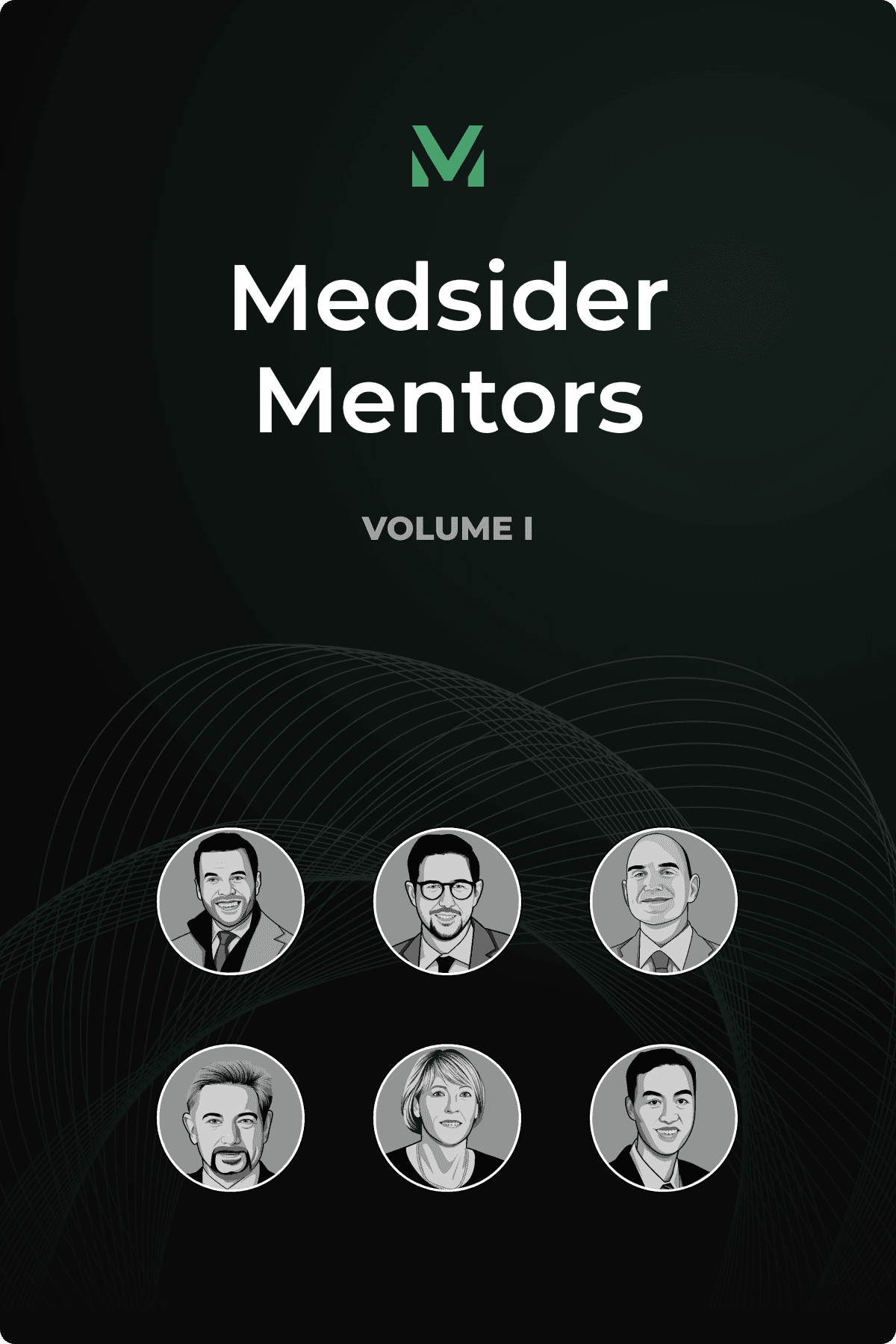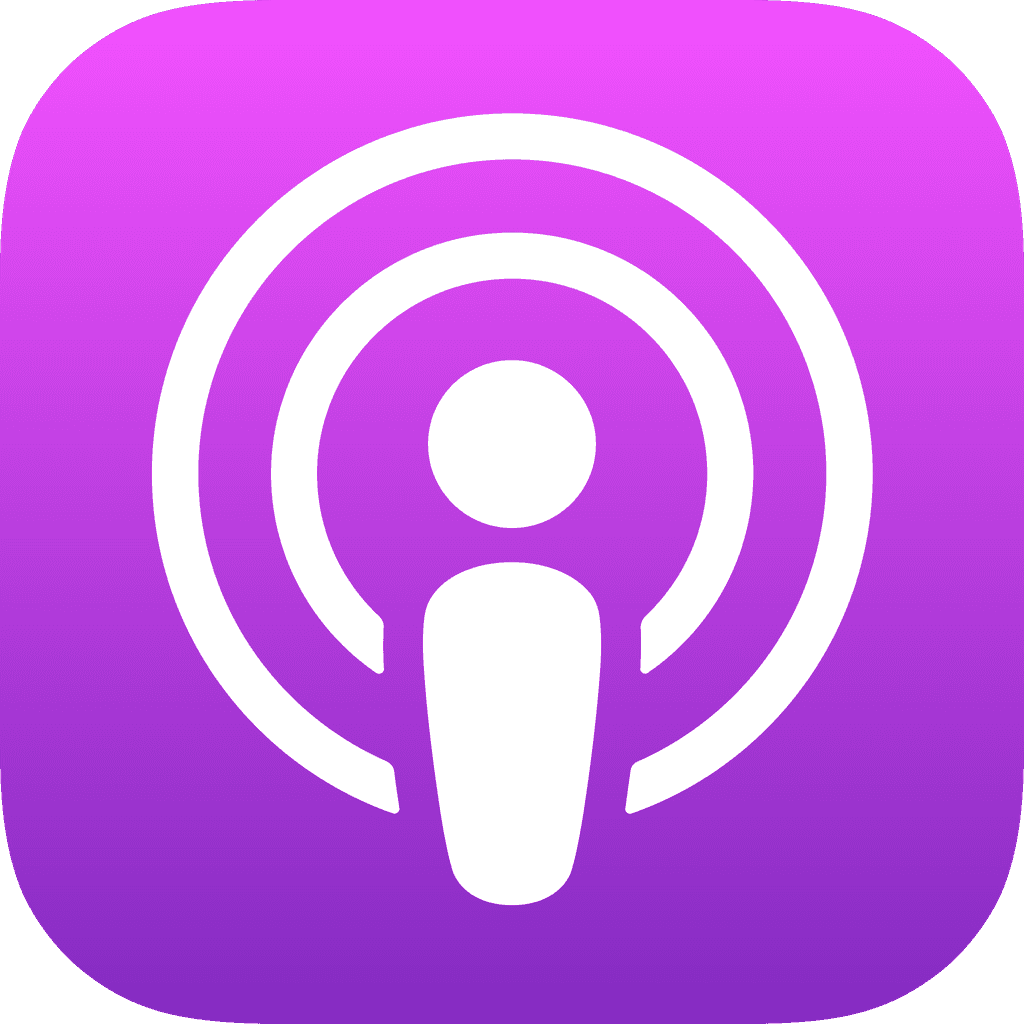Company Building Starts with Discipline
Interview with Evident Vascular CEO Howard Rosen

Key Learnings From Howard's Experience
Go slow early so you can go fast later. In medtech, rushing product development often leads to misfires with regulators, customers, or commercial teams. Evident invested its first year in validating the problem, assessing the market, assembling the right KOLs, and staying laser-focused on what truly belonged in their first-gen system.
De-risking starts long before submission. At Evident, multiple pre-submission meetings helped shape a smarter, more confident regulatory path — even without clinical trials. For Howard, early engagement with FDA wasn’t optional; it was a deliberate way to de-risk development, align expectations, and avoid surprises down the road.
Your board isn’t just oversight — it’s strategy. The right partners bring more than capital; they bring patience, trust, and alignment when things inevitably get hard. A strong board sets the tone for how you operate — and how you're perceived. The same goes for strategics: don’t just seek attention, build relationships early and show up with a clear, credible message.
In medtech, there are rarely second chances when commercializing your technology.
Howard Rosen, co-founder and CEO of Evident Vascular, has spent three decades proving this principle — and building a career on it. With two successful exits to Philips and deep experience across startups and strategics, he’s developed a contrarian philosophy: forget “fail fast.” In healthcare, you launch right, or you don’t launch at all.
That mindset shaped his approach when Vensana Capital handed him an early concept with big potential. The target? Intravascular ultrasound (IVUS), a category where clinical demand had grown steadily — from 15% to 30% in peripheral arterial procedures — but the underlying technology hadn’t kept pace.
"Some companies focus on ease of use, and some companies focus on image quality, but no one company could do both," Howard explains.
Evident aims to overcome that trade-off, combining superior image quality with AI-powered interpretation and streamlined workflows. The company has moved at remarkable speed, going from concept to planned FDA submission in just four years — all by following a counterintuitive playbook: sometimes the fastest path forward requires the discipline to deliberately slow down.
Disrupting a legacy market takes more than innovation. It takes deliberate strategy: building slowly, launching methodically, and resisting the pressure to sprint before the track is laid.
You May Like These Articles
Medsider Premium
Become a premium member and unlock access to exclusive Medsider benefits.



